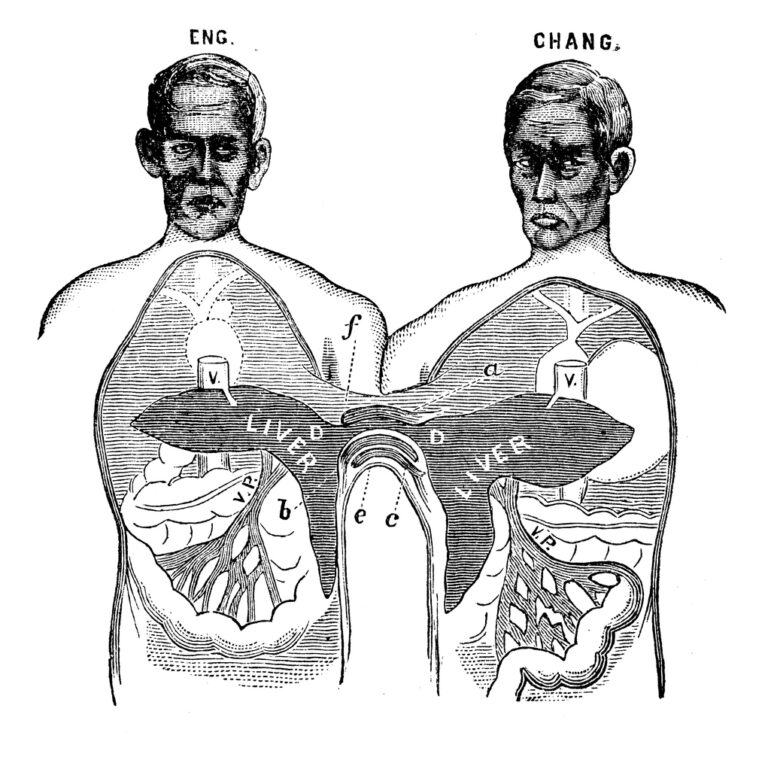What will happen when 90-year-old Queen Elizabeth II dies? The death of a monarch is something that the UK, and the Commonwealth nations, haven’t had to deal with in more than six decades.
But there is an elaborate protocol and many aspects of her funeral and the 10 days of mourning have been practised, in secret, for decades. The Queen has been involved in many of the decisions.
The Guardian newspaper and website revealed many of the plans today in an exhaustive 8000-word report. It also notes that many of the rituals, widely believed to be centuries old, date from the 20th century funerals of Edward VII and George V. Before that, British royalty was considered the worst in Europe at staging public ceremonies.
It says most of the planning is based on the expectation that the Queen will die after a short illness, with most of her family around her. “Her eyes will be closed and Charles will be king. His sister and brothers will kiss his hands.”
The first that anyone outside of her immediate circle will hear is a coded phrase: ‘London Bridge is down.’
These words will signify that the Queen has died and set into play Operation London Bridge – a highly-organised set of arrangements which will eventually culminate in the Queen’s funeral nine days later.
Sir Christopher Geidt, the Queen’s private secretary who has been knighted twice, is tasked with telling the wider world.
According to The Guardian, the first thing he’ll do is call the UK Prime Minister – currently Theresa May – and pass on the code. If she’s asleep, she’ll be woken.
Telling the other 15 countries where the Queen is head of state, including New Zealand and Australia, will be up to the UK Foreign Office.
After this, the news will be passed on to the 36 other nations of the Commonwealth for whom the Queen has served as a figurehead for six decades.
The press will find out soon after, and for the first time the BBC won’t get special treatment. The broadcast will go out to everyone at the same time.
As that happens, a notice will be pinned to the gates of Buckingham Palace announcing the Queen’s passing, and the palace website will transform into a single page bearing the same text.
Radio stations across the UK have blue ‘obit lights’ to warn DJs news of a “national catastrophe” is about to break. They’re urged to play “inoffensive” music while they wait for the news to arrive.
Male TV newsreaders will don black suits and ties, interrupting whatever else is going to air at the time.
“The royal standard will appear on the screen. The national anthem will play,” reports The Guardian. “You will remember where you were.”
Britons at work will likely be asked to go home. Both houses of the British parliament will be recalled.
If she dies overseas, a jet will be dispatched from western London, coffin on board, to retrieve her.
It’s most likely when her time comes she’ll be at Balmoral, where she spends three months a year. If so, she’ll lie in rest at a small palace in Edinburgh, before being carried to a royal train at the city’s Waverley station, which will make a slow journey south to Buckingham Palace.
Most of the planning was done in the 1960s, with refinements made over the years. But just what happens in everyday life remains a mystery, it’s been so long since a monarch died.
Sports matches were called off following the death of George VI in 1952, but whether that happens again could be up to the new king.
Flags will remain at half-mast for a day, going back up after a single night. At 11am the following morning, Charles will be proclaimed king and Camilla queen. His coronation will not take place for up to a year after the Queen’s death.
Elizabeth’s funeral will be held nine days after her death. At the moment her coffin reaches the doors of Westminster Abbey, life in the UK will come to a standstill.
Read the full sequence of events on The Guardian website.







